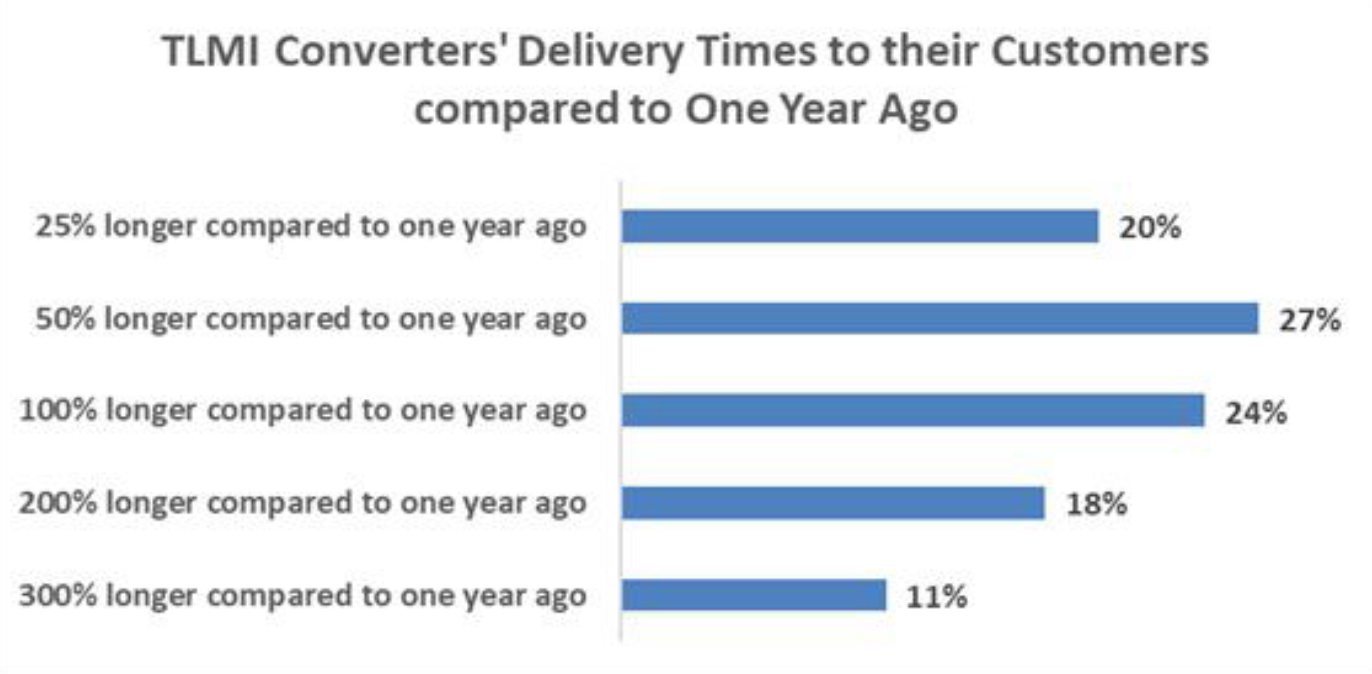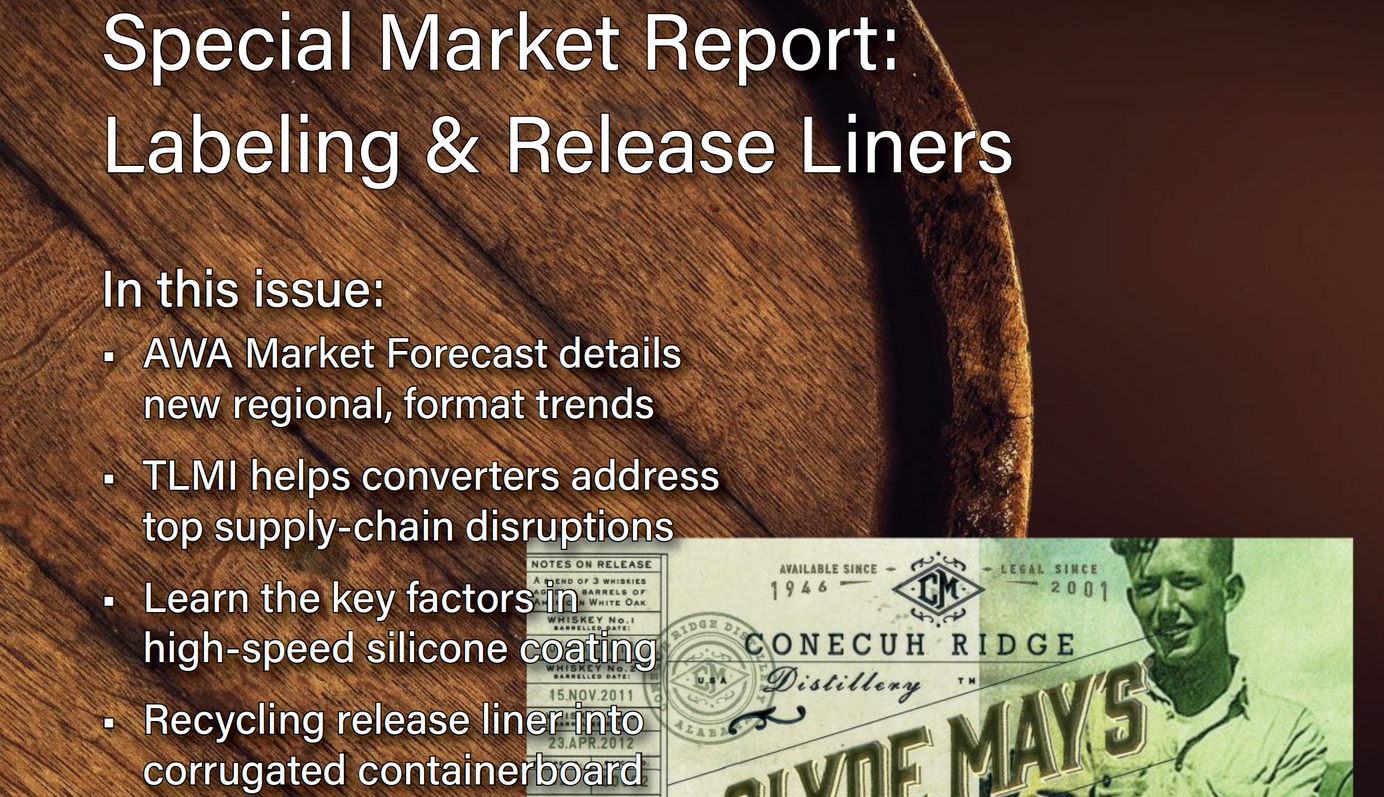Release liner

TLMI addresses supply chain crisis via communication, education, market research resources Paid Members Public
Across the greater printed-packaging industry, conditions such as demand surges, force majeure, raw-materials shortages and allocations have had a profound impact on the ways that printed-packaging converters carry out their day-to-day business. However, perhaps the segment that has felt these forces most acutely is the label industry. Given the multitude

Special Market Report: Labeling & Release Liners Paid Members Public
Download the Special Market Report on labels and release liners by clicking the link below.
Release liner into containerboard: A recycling study and its results Paid Members Public
Siliconized release liner generally is perceived as unrecyclable due to the thin layer of silicone on the paper. As interest in recycling more grades of paper grows, niche grades such as liner now are of interest. This study looks at taking two common types of liner and recycling them with

Pressure-sensitive adhesive coating by slot-die technology: Material, equipment considerations Paid Members Public
In the world of coating tapes and labels, we need to be aware of adhesive and cohesive effects, rheology limitations, equipment capability and interfacial interactions. Of particular interest is the interaction of silicone release liners and adhesive coating. Specifically in slot-die coating, how does the adhesive release from the equipment,

Polymer structure, mist control, tailored release all key factors in high-speed silicone coating for p-s label converting & use Paid Members Public
Silicone suppliers must continue to focus on the new trends and drivers that challenge our current technologies. There is a strong market need for higher production effi ciency to improve cost and sustainability, and these advancements in coating and converting processes require silicones to evolve to address new requirements. Mist
Photoinitiated addition-cure for silicone-release coatings: Part 2 Paid Members Public
Silicone (polydimethylsiloxane) polymers are unique materials that are chemically inert and of low polarity that remain fluid at temperatures as low as -120° C and retain useful properties at temperatures >250° C for extended times. Cross-linked silicone polymers can be bulk-solid elastomers, rubbers, gels and low-surface-energy coatings capable of


